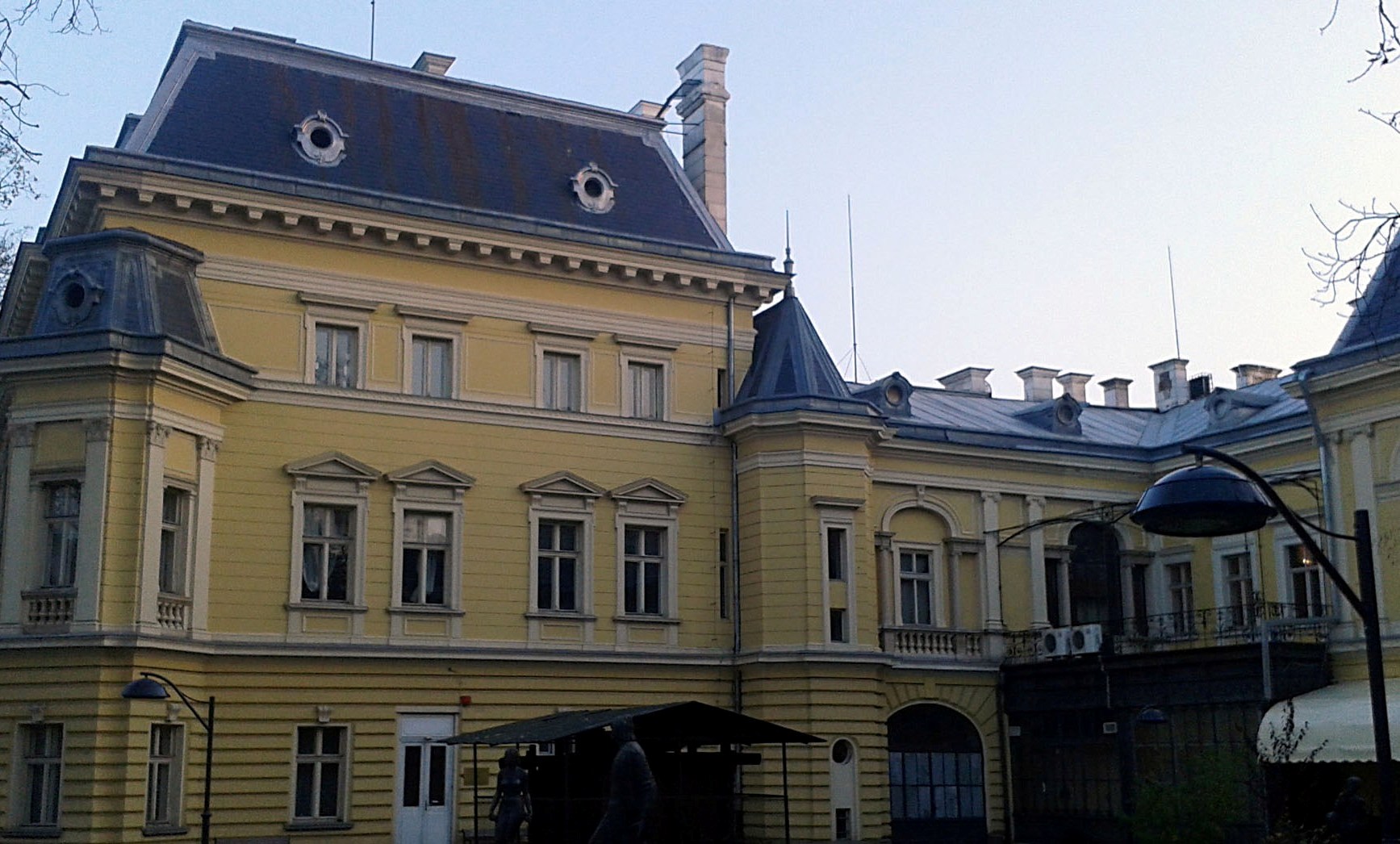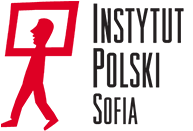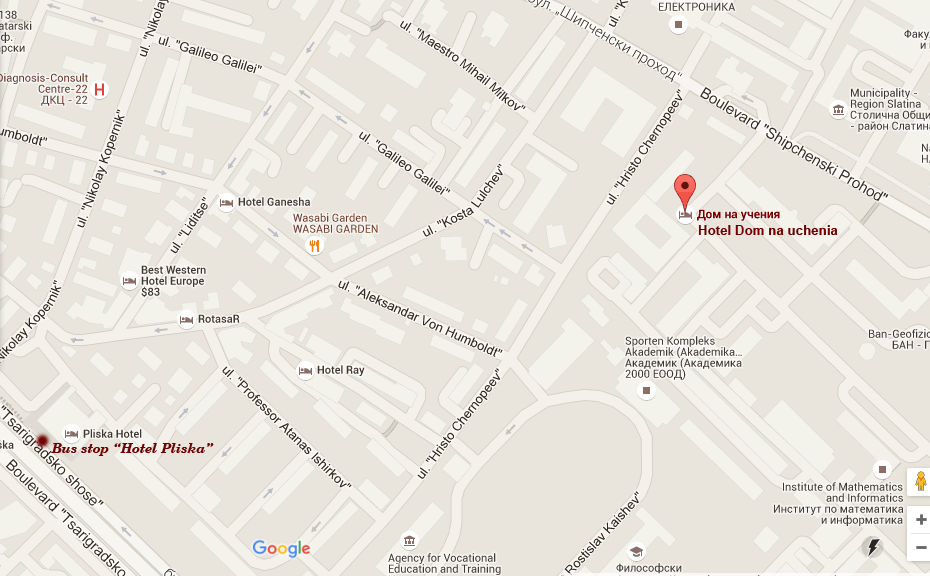A selection of conference papers will be published in a volume. Papers will be selected by the programme committee after the conference based on the quality of the papers, with regard to the coherence of the volume.
| Publication style sheet |
Selected papers will be published in a post-conference volume. You are requested to submit your final articles by March 1st, 2016. The chosen and submitted for publication caricatures, photographs and illustrations must be of high technical quality. You are also requested to solve any copyright issues in accordance with the law of a respective country.
Articles submitted to the Conference volume should be revised by native speakers of English. Text must be proofread before submission. Articles written without applying of following rules will not be accepted.
If you have any doubts please refer to the given examples or contact us.
Use British-English spellings. Please be consistent. Text should not surpass 32 000 characters with spaces. Also, use as little pre-formatted text (indents, special fonts, different line spacing etc) as possible.
Frequent
- Other, with no quotation marks and no italics. Othering we write: othering (no capital letter, no italics or quotes)
- All visual material is referred to as Figures and abbreviated as Fig/Figs (and not illustrations)
- We refer to the articles as chapters
- “us” and “them” not capitalised, in quotes
Punctuation
- For quotes, use double quotation marks throughout. Single quotation marks should be used for a quote within a quote.
- The full stop should only be inside the quotation mark if the material quoted is a complete sentence. All other punctuation should fall outside quotation marks.
- Please put the number of the footnote after the punctuation mark.
- Possessive ’s should be used except on classical names ending with s and x (Achilles’, Ajax’).
- Do not insert an apostrophe in plurals such as 1970s.
- Omit the full stop after contractions containing the last letter of a word (Dr, vols, but vol.) and after units of measurement (cm, mm). There should be no full stops in capitalized abbreviations (USA). In proper names, initials are followed by a full stop but no space in between, e.g. T.S. Eliot. Note the space between the final initial and the surname.
- Dashes: hyphen - between words as in: Baraniecka-Olszewska, black-white, re-enactment etc. n dash – between numbers, page numbers etc. m dash—without spaces in dividing sentences.
- Q: dashes between page numbers??
- Q: omissions in longer quotes?? (…), [---] and other options
Dates and numbers
- Use A.D. and B.C. rather than C.E. and B.C.E. to indicate era.
The following date format should be used: December 18, 1999. For monthly dates: December 1999
- In the article text write fifth century or nineteenth century; in footnotes short form: 5th century; 19th century (numerals)
Italics and roman type
Italicize the following:
- Titles of published books, except for the Bible (and books of the Bible) and the Quran (Koran)
- Names of plays, screenplays, radio and television plays, operas, ballets
- Titles of newspapers: New York Times, The Times, Le Monde, Die Welt (translation of the title in single quotes, not italicized)
- Titles of magazines, journals, periodicals, whether English language or not: Journal of Literary Translation, World Literature, Cahiers du Cinéma, Mundo Nuevo (translation of the title in single quotes, not italicized)
- Titles of paintings, sculpture, and other works of art
- Words and short phrases in foreign languages (unless Anglicized and known well enough)
But not:
- Titles of chapters, essays, quotations, and short stories – roman in double quotation marks
- i.e. and e.g. – roman not italic; comma before but not after
Quotations
- Do not change the spelling or punctuation in a quotation.
- Use double quotation marks throughout, but single for quotations within quotations.
Translation and Transliteration
- Foreign phrases should have original notation with diacritical signs. The translation should follow those phrases in brackets (). In a case of translating journal titles and so on please put the translation only for the first time.
- The conventional English form of place-names should be given.
- For citing authors whose name is written in Cyrillic, please transliterate the author’s name in the article text, but in the references write the name in both transliteration and Cyrillic (see the reference style examples below).
Figures
- Photographs or drawings must be identified with the name of the author and figure number in the name of each file.
- Contributors are responsible for obtaining all necessary permissions, for the reproduction of visual data and for the right to have them published. They are also responsible for respecting copyright restrictions and for observing specific requests concerning the citation of the institutions concerned in the caption, including the photo credit.
- A separate double-spaced list of illustrations must accompany the article when submitted. Captions should be worded as briefly and directly as possible.
- Full description should be as follows: Figure 1. Title, captions, author, source, year, daily date (for details see examples in previous volumes or contact us).
- Figures should generally not be embedded in Word or RTF files. Please indicate in the text where an figure should be, and send the graphic as a separate file. When supplied as electronic files, line drawings should have a minimum resolution of 600 d.p.i. The file format should be tif or jpg. Any file greater than 3Mb should not be sent by email attachment. Please send them on CD.
Formatting of text
- Articles must be in 12-point type with double spacing throughout, notes in 10-point type
- Please use footnotes, not endnotes
References and quotes
The author is responsible for the accuracy of quotations and citations, which should be verified before the article is submitted. The surname and given name of the author of a quoted work must be mentioned in text for the first time; for the second (third and so on) time only the surname should be mentioned. In bibliography should contain only those references, which you have used in your article. For works in other languages than English in the references, please put the translation of work’s title in brackets ().
Acknowledgements of people, grants, funds, etc. should be placed in a separate section before the References.
Examples of references:
In the text:
(Harlan 1992: 92) or (Harlan 1992: 92-100) or (Harlan & Courtright 1995)
If the author’s name is mentioned in the sentence, just use (1992: 92)
If you quote a work by its title only (e.g. encyclopedia or dictionary entries), shorten title (and use the same form in the references section, and use italics): (Encyclopedia 2000: 4)
If you quote the same work for the second time directly after the first reference: (Ibid.: 93)
When there are more than two authors, only the first and second author‘s name should be mentioned, followed by ‘et al.‘. In the event that the author cited has had two or more works published during the same year, the citation and the reference should contain a lower case letter like a and b after the date to distinguish the works.
In the references section:
Books:
References to books should include the author‘s name (surname and initials); year of publication; the full title in italics; the place of publication; publisher; page numbers where appropriate. For example:
NB capitals in English titles! (article titles, book titles etc.)
Bakhtin M. 1968. Rabelais and His World. Cambridge MS: M.I.T. Press.
or
Harlan L. & Courtright P. B. (eds.) 1995. From the Margins of Hindu Marriage. Essays on Gender, Religion and Culture, New York & Oxford: Oxford University Press.
or
Encyclopedia of Social and Cultural Anthropology 2003. A. Barnard, J. Spencer (eds.), New York.
In case of titles in other than the Latin alphabet:
Sannikov V.Z. 2012 = Санников В.З. 2012. Краткий словарь русских острот (‘A Concise Dictionary of Russian Wisecracks’). Москва: Рукописные памятники Древней Руси.
Articles in books:
Harlan L. 1995. Abandoning Shame. Mira and the Margins of Marriage. In: L. Harlan, P. B. Courtright (eds.). From the Margins of Hindu Marriage. Essays on Gender, Religion and Culture, New York-Oxford: Oxford University Press, pp. 204-227.
Articles in journals:
Gould H. A. 1960. A Micro-Demography of Marriages in a North Indian Area. Southwestern Journal of Anthropology, vol. 16, pp. 476-491.
Internet sources:
Census of India 2001, http://censusgujarat.gswan.gov.in (last accessed on: December 12, 2004).
Additional rules:
- Do not abbreviate journal titles.
- Follow the prevailing rules for the given language in the capitalization of foreign titles.
Provide translations to titles other than English. Use brackets for the translation and do not italicize them: e.g. Grzesiuk-Olszewska I. 2003. Warszawska rzeźba pomnikowa (‘Warsaw Monumental Sculpture’). Warszawa: Neriton.





